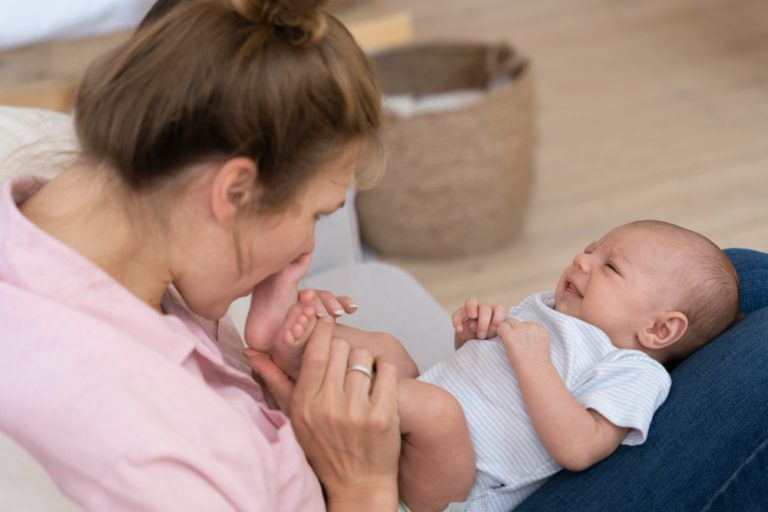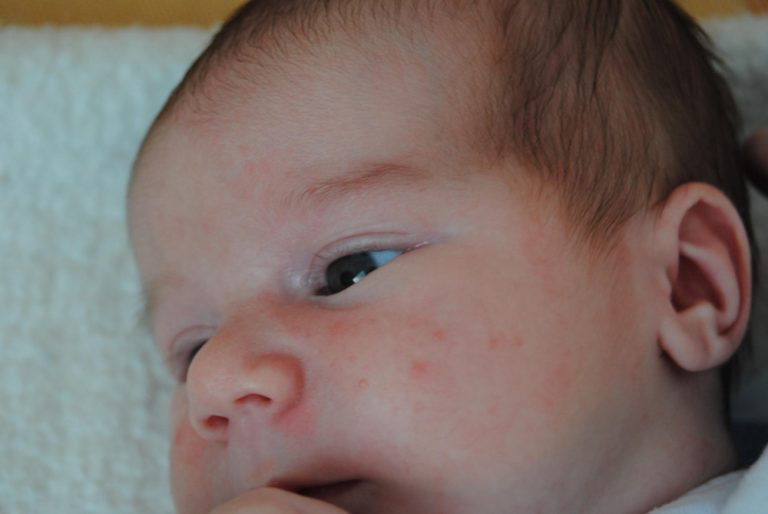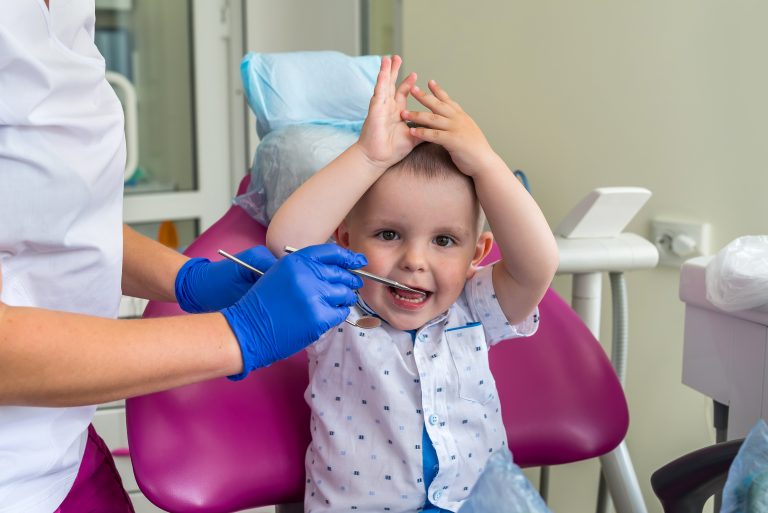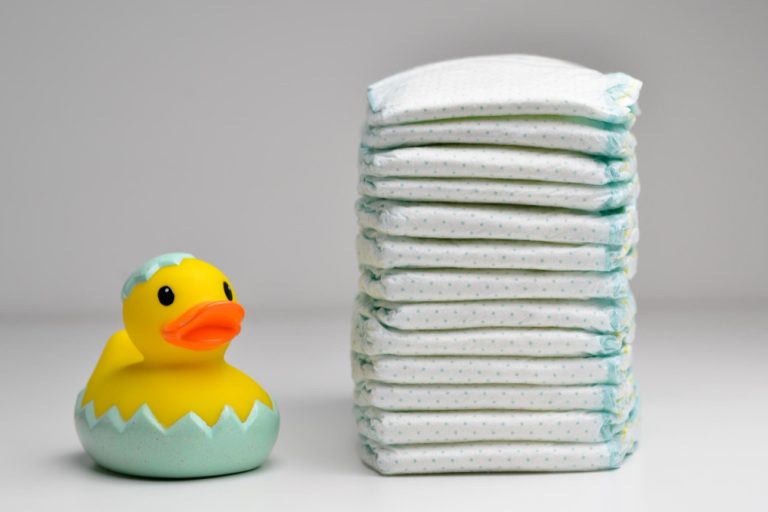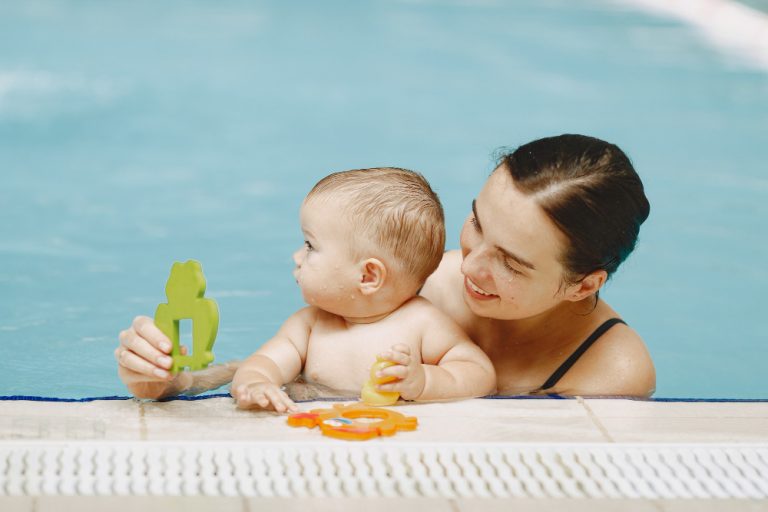How To Take Babies Temperature? Forehead, Armpit, Rectal
Are you a new parent constantly worrying about your baby’s health? Have you ever found yourself frantically searching for ways to take your baby’s temperature accurately? Not every parent knows, how to take babies temperature. So yeah, you’re not alone. As a new parent, ensuring your baby’s well-being is your top priority, especially when it comes to identifying signs of illness.
In this article, we will explore the essential methods of taking your baby’s temperature and provide you with valuable tips to ensure you get an accurate reading every time. So, if you’ve ever wondered “How to take babies temperature?” – keep reading for all the answers you need.
Understanding Fever in Babies
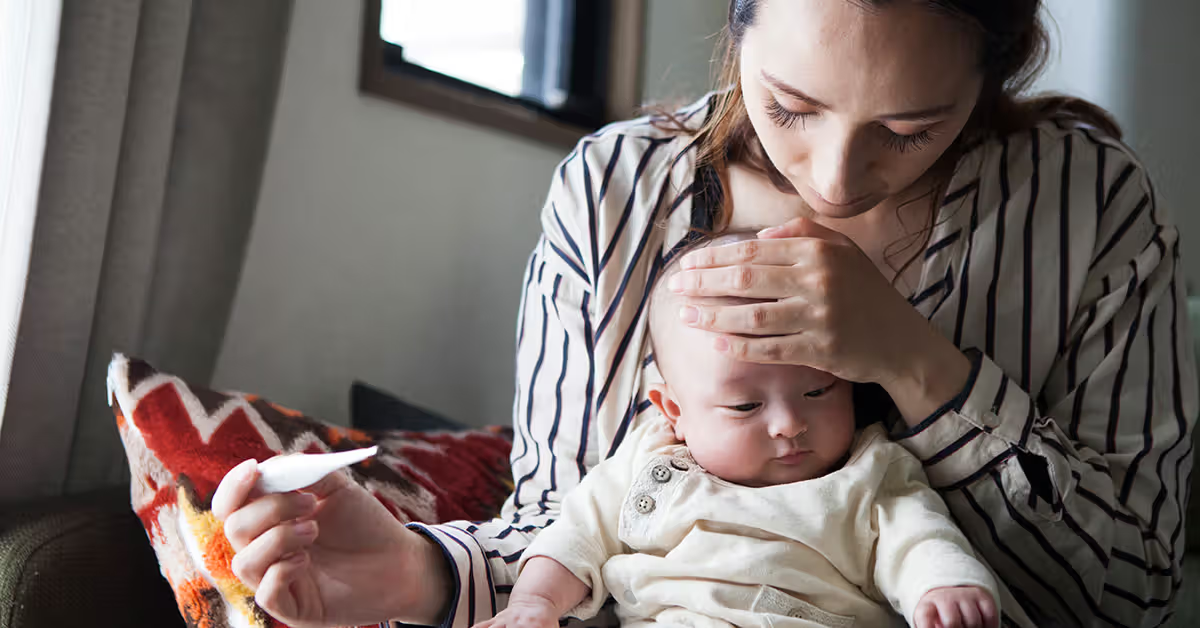
A fever is a temporary increase in your body’s temperature. While a fever itself isn’t usually a cause for serious concern, it can be a sign of an underlying infection. Here’s a quick reference for understanding normal and feverish temperatures in babies:
- Newborn (rectal): 99°F (37.2°C) to 100.4°F (38°C)
- Infant (rectal or armpit): 98.6°F (37°C) to 100.4°F (38°C)
It’s important to note that these are general guidelines. If you’re unsure about your baby’s temperature or their behavior seems concerning, always consult your pediatrician.
Choosing the Right Thermometer
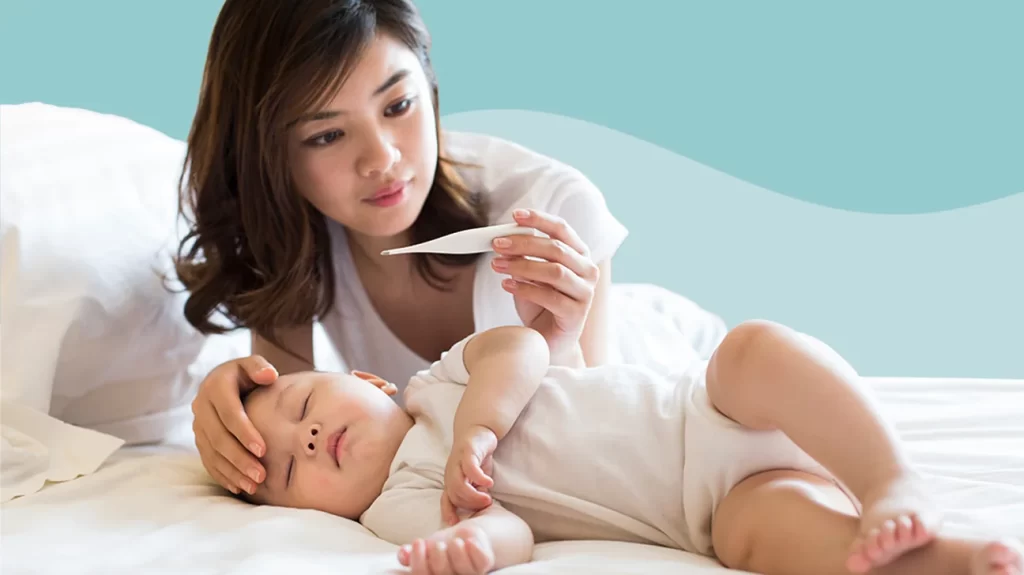
There are several types of thermometers available, each with its own advantages and disadvantages. Here’s a breakdown of the most common options for babies:
- Digital Rectal Thermometers
These are considered the most accurate for infants under 3 months old. However, they can be uncomfortable for your baby and require a proper technique for safe reading.
- Digital Forehead Thermometers
These offer a non-invasive option and can be used on babies of all ages. However, factors like sweating or improper placement can affect accuracy.
- Digital Ear Thermometers
These are another non-invasive option, but they may not be suitable for newborns due to the size of their ear canals. Earwax buildup can also affect accuracy.
- Temporal Artery Thermometers
These scan the forehead for temperature readings and can be used on babies of all ages. While generally accurate, they may be more expensive than other options.
How to Take Babies Temperature?
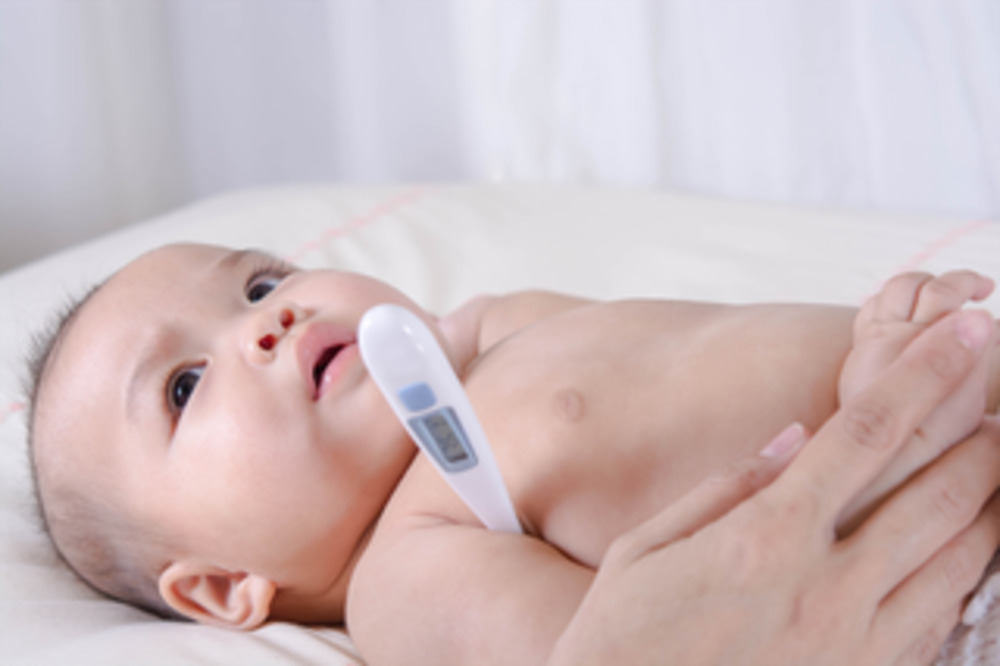
Taking a Rectal Temperature
- Gather your supplies
You’ll need a digital rectal thermometer, lubricant like petroleum jelly, and a clean surface for changing your baby’s diaper.
- Wash your hands
Thoroughly clean your hands with soap and warm water to prevent the spread of germs.
- Warm the thermometer tip
Apply a small amount of lubricant to the thermometer tip and rub it gently between your fingers to warm it slightly.
- Position your baby
Lay your baby on their back with their legs bent towards their chest. You can also hold them on your lap with their tummy facing down, supporting their head and chest with your arm.
- Gently insert the thermometer
Carefully insert the lubricated tip of the thermometer no more than ½ inch (1.3 cm) into your baby’s rectum. Hold the thermometer in place for the recommended time (usually around 10 seconds) until it beeps.
- Remove the thermometer
Slowly and gently remove the thermometer and dispose of any used lubricant.
- Clean the thermometer
Clean the thermometer with rubbing alcohol or a disinfectant wipe according to the manufacturer’s instructions.
Taking an Armpit Temperature
- Gather your supplies
You’ll need a digital armpit thermometer and a clean, dry washcloth.
- Wash your hands
Thoroughly clean your hands with soap and warm water.
- Pat your baby’s armpit dry
Use the washcloth to remove any moisture from your baby’s armpit.
- Position your baby
Hold your baby comfortably with their arm down by their side.
- Place the thermometer
Place the tip of the thermometer securely in your baby’s armpit and gently hold the arm against the body. Hold the thermometer in place for the recommended time (usually around 15 seconds) until it beeps.
- Remove the thermometer
Carefully remove the thermometer and check the reading.
Taking a Forehead Temperature
- Gather your supplies
You’ll need a digital forehead thermometer and a clean surface for laying your baby down (optional).
- Wash your hands
Thoroughly clean your hands with soap and warm water.
- Position your baby
You can take your baby’s temperature while they are sleeping or hold them upright.
- Follow the manufacturer’s instructions
Each forehead thermometer may have slightly different instructions.
- Gently swipe the thermometer across your baby’s forehead according to the manufacturer’s instructions. Some forehead thermometers require a scanning motion, while others require a single placement on the forehead.
- Ensure no hair or sweat obstructs the sensor on the thermometer.
- Hold the thermometer in place for the recommended time (usually a few seconds) until it beeps.
Taking an Ear Temperature
- Gather your supplies
You’ll need a digital ear thermometer with disposable probe covers.
- Wash your hands
Thoroughly clean your hands with soap and warm water.
- Position your baby
Hold your baby comfortably or lay them on their side with the ear you want to measure facing upwards.
- Attach a new probe cover
Place a clean, disposable cover on the ear thermometer probe.
- Gently insert the probe
Carefully insert the probe tip slightly into your baby’s ear canal, pointing slightly backward. Avoid forcing the probe in.
- Hold the thermometer in place
Hold the thermometer still for the recommended time (usually a few seconds) until it beeps.
- Remove the thermometer and discard the probe cover
Gently remove the thermometer and dispose of the used probe cover.
Tips for Taking an Accurate Temperature
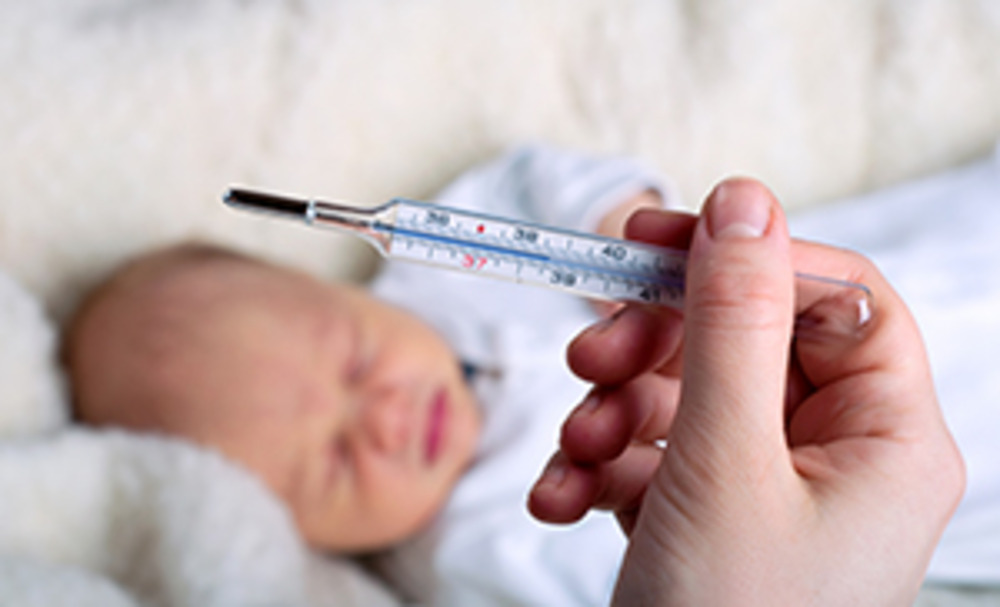
- Don’t take a temperature right after
Avoid taking your baby’s temperature immediately after feeding, bathing, or dressing them warmly, as these activities can temporarily elevate their temperature.
- Wait 30 minutes
If your baby has been fussy or crying, wait 30 minutes before taking their temperature, as this can also cause a temporary increase.
- Repeat if necessary
If you’re unsure about the reading or your baby seems unwell, you can repeat the temperature measurement using the same method or try a different method for confirmation.
- Consult your pediatrician
If your baby’s temperature is above 100.4°F (38°C) for a newborn or 100.4°F (38°C) rectally or 99°F (37.2°C) under the arm for an infant, consult your pediatrician for further guidance.
Additional Considerations: How To Take Babies Temperature
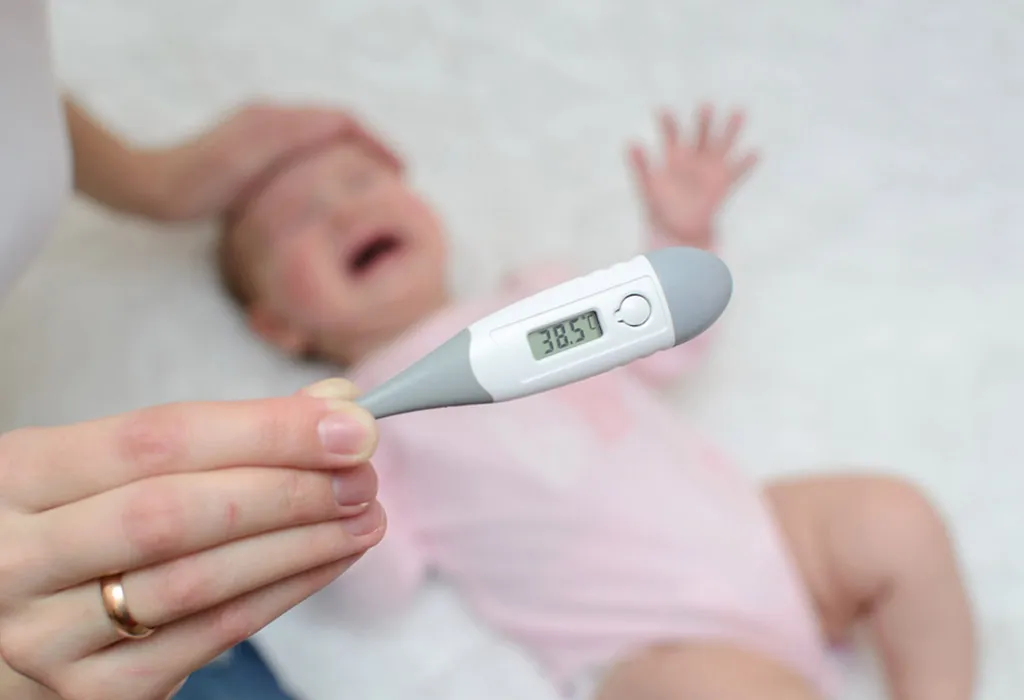
- Age
Newborn babies may require a rectal temperature reading for the most accurate measurement.
- Comfort
Choose a method that is least disruptive and most comfortable for your baby.
- Practice
It may take some practice to feel comfortable taking your baby’s temperature. Don’t hesitate to ask your pediatrician or nurse for guidance during a well-child visit.
Remember, taking your baby’s temperature is a valuable tool for monitoring their health. By following these tips and using the appropriate method, you can ensure an accurate reading and take the necessary steps to keep your little one healthy.
Do you have any questions or concerns about how to take babies temperature? Share your experiences and comments about baby fevers in the section below!
Further Reading
- American Academy of Pediatrics https://www.healthychildren.org/English/tips-tools/symptom-checker/Pages/symptomviewer.aspx?symptom=Fever
- National Health Service (UK) https://www.nhs.uk/conditions/baby/health/how-to-take-your-babys-temperature/
We hope this blog article has been informative. Please remember this information is not a substitute for professional medical advice. Always consult your pediatrician if you have any concerns about your baby’s health.



